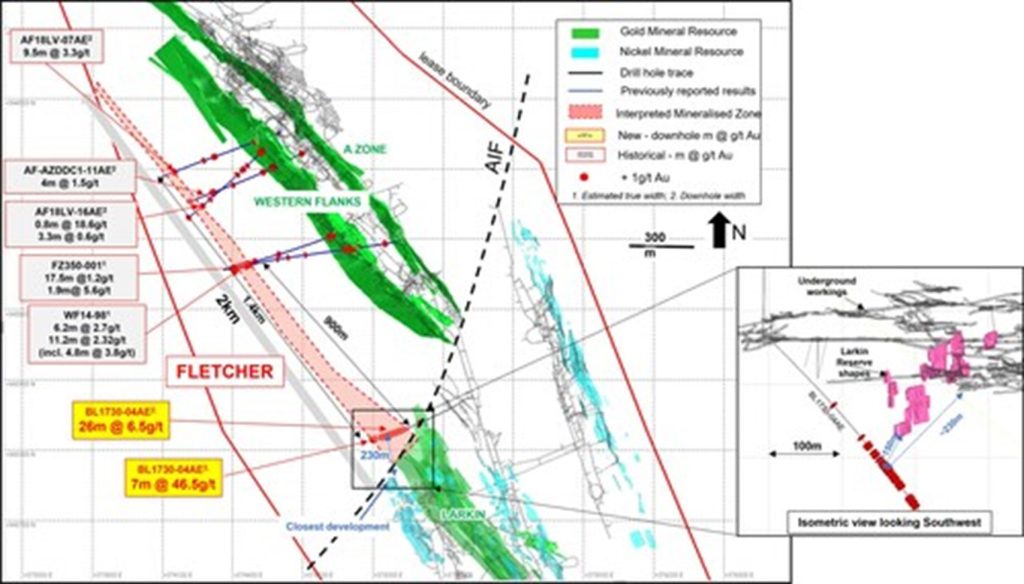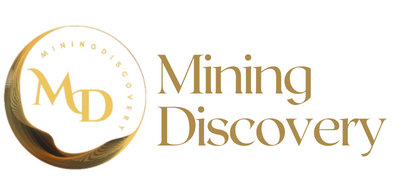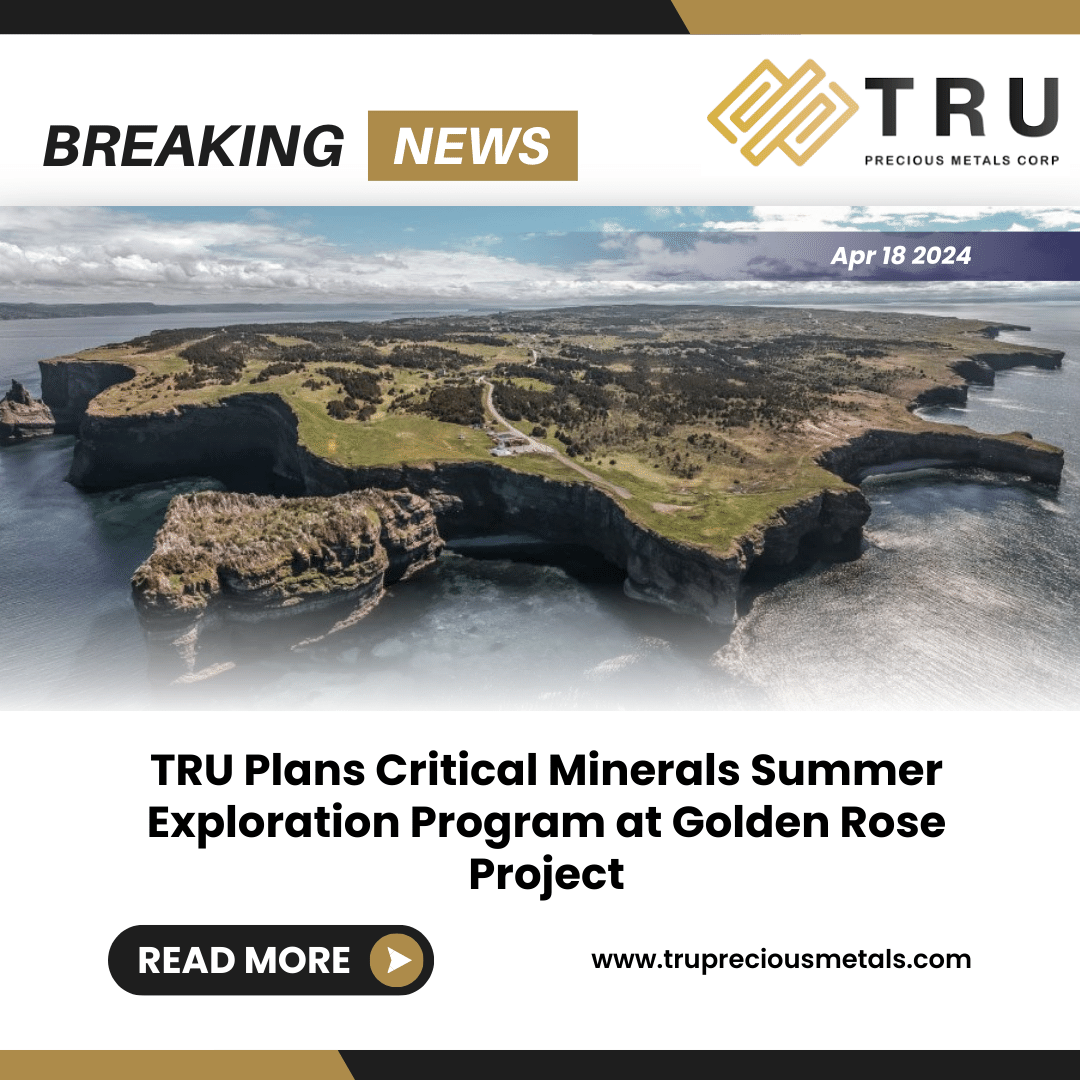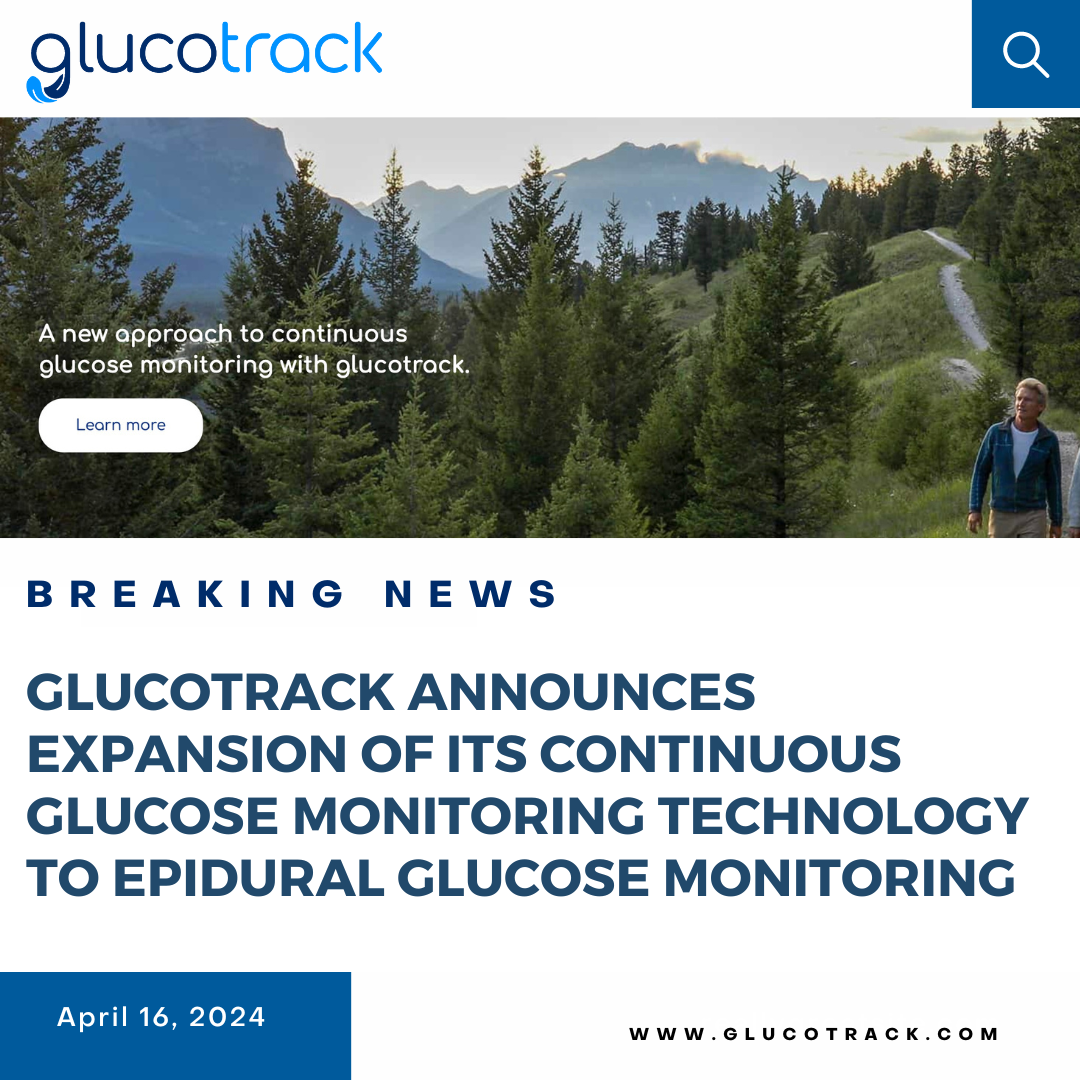Karora Resources Inc. (TSX: KRR) (OTCQX: KRRGF) is pleased to announce significant results from gold exploration drilling targeting the Fletcher Zone at the Beta Hunt Mine. Drilling to test the southern strike extension of the Fletcher Shear Zone, north of the Alpha Island Fault intersected strong mineralization in the targeted position supporting the current interpretation and extending the drill-supported potential mineralized zone by 900 metres from the nearest drill intersection for a total strike length of 1.4 kilometres. This result substantiates and improves upon previously reported results which indicate the FSZ to be the third major gold system in the Hunt Block after the Western Flanks and A Zone.
Fletcher Highlights1
- BL1730-04AE: 6.5 g/t over 26.0 metres, including 9.9 g/t over 6.0 metres
- BL1730-04AE: 46.5 g/t over 7.0 metres, including 262 g/t over 0.7 metres
| 1. | Interval lengths are downhole widths. Estimated true widths cannot be determined with available information. |
Paul Andre Huet, Chairman & CEO, commented: “The drill results reported today from the Fletcher Zone substantially increase the interpreted strike length of the zone to 1.4 km from the previous known strike length of 0.5 km (see Karora news release dated January 24, 2022). What makes this even more exciting is the very strong grades associated with the extension which are substantially higher than previous results at Fletcher and among the best grade x width results we have reported for Beta Hunt, ever. These results further support our interpretation of Fletcher as a Western Flanks analogue, which has been the largest and most prolific shear zone for gold production to-date at Beta Hunt.
Fletcher is positioned west and parallel to Western Flanks in the Hunt Block and extends to the AIF, which is very close to existing nickel infrastructure in the Beta Block and the Larkin Mineral Reserve to the south. This offers compelling development scenarios for accessing the Fletcher Zone for potential mining in the future. Fletcher remains open along strike, with the potential to extend for up to 2 km, and open at depth.
Overall, the results reported today provide compelling support for potential significant Mineral Resource growth at Beta Hunt, following on from several years of impressive ounce additions at our flagship asset. With the operation previously long encumbered by onerous royalties and fluctuating metal price environments, the opportunity in front of us is clear: we are just getting started at Beta Hunt, even with the very strong resource additions over the last several years.”
Fletcher Exploration Drilling Update
The gold mineralized Fletcher Shear Zone (FSZ) was discovered in 2016 (See Karora news release dated July 6, 2016) and is considered a structural analogue to the Western Flanks and A Zone deposits, representing Beta Hunt’s third major mineralized shear zone system in the Hunt Block. The FSZ comprises foliated biotite-pyrite altered and irregularly quartz veined basalt – similar alteration to that found at Western Flanks. Previously reported drilling results (Figure 1) outlined a steep, west-dipping zone over 150 metres in down dip extent over 500 metres of strike with potential to extend over a total strike length of 2 kilometres (See Karora news releases dated September 16, 2019; January 24, 2022; May 24, 2022).
Recent drilling comprises a single hole drilled from the south side of the AIF through the Fault to test for the interpreted southern extension of the FSZ, north of the AIF. The drillhole was also aimed at extending the north-end of the Larkin Mineral Zone up against the AIF. Drillhole BL1730-04AE drilled through the Larkin extension position, then through the AIF and into the Lunnon Basalt encountering strong mineralization over two intervals in the targeted position for FSZ mineralization. Larkin mineralization included a result of 3.8 g/t over 1 metre.
Fletcher mineralization for interval one in hole BL1730-04AE comprises strongly quartz veined, biotite-pyrite altered basalt with some albite alteration and minor quartz-feldspar porphyry, analogous to Western Flank’s style mineralization. Interval two comprises biotite altered basalt with minor quartz veining and pyrite alteration with some visible gold present as sub-1mm specks in a quartz vein. Fletcher significant intersections1 are highlighted below:
- BL1730-04AE (Interval 1): 6.5 g/t over 26.0 metres, including:
- 9.9 g/t over 6.0 metres
- 6.5 g/t over 17.0 metres
- BL1730-04AE (Interval 2): 46.5 g/t over 7.0 metres, including 262 g/t over 0.7 metres
| 1. Interval lengths are downhole widths. Estimated true widths cannot be determined with available information |
The Fletcher results are significant on a number of fronts:
- The results extend the previous strike of the known mineralization by 900 metres, increasing the drill-supported potential strike length of the Zone to 1.4 kilometres.
- The gold grades are considerably higher than those previously reported, providing strong encouragement for the FSZ as a mining opportunity.
- The reported intersections are 230 metres from existing nickel development in the Beta Block and 150 metres north of the current Larkin Mineral Reserve, presenting opportunities for using existing and planned development to access the FSZ.
Further drilling is planned in Q2 and Q3, 2023 to follow-up and extend the FSZ which remains open at depth with a potential 2 km total strike length, bounded to the north by the St Ives sub-lease.
Compliance Statement (JORC 2012 and NI 43-101)
The disclosure of scientific and technical information contained in this news release has been reviewed and approved by Stephen Devlin, FAusIMM, Group Geologist, Karora Resources Inc., a Qualified Person for the purposes of NI 43-101.
At Beta Hunt all drill core sampling is conducted by Karora personnel. Samples for gold analysis are shipped to SGS Mineral Services of Kalgoorlie for preparation and assaying by 50 gram fire assay analytical method. All gold diamond drilling samples submitted for assay include at least one blank and one Certified Reference Material (“CRM”) per batch, plus one CRM or blank every 20 samples. In samples with observed visible gold mineralization, a coarse blank is inserted after the visible gold mineralization to serve as both a coarse flush to prevent contamination of subsequent samples and a test for gold smearing from one sample to the next which may have resulted from inadequate cleaning of the crusher and pulveriser. The lab is also required to undertake a minimum of 1 in 20 wet screens on pulverised samples to ensure a minimum 90% passing at -75µm. Samples for nickel analysis are shipped to SGS Australia Mineral Services of Kalgoorlie for preparation. Pulps are then shipped to Perth for assaying. The analytical technique is ICP41Q, a four acid digest ICP-AES package. Assays recorded above the upper detection limit (25,000ppm Ni) are re-analyzed using the same technique with a greater dilution (ICP43B). All samples submitted for nickel assay include at least one Certified Reference Material (CRM) per batch, with a minimum of one CRM per 20 samples. Where problems have been identified in QAQC checks, Karora personnel and the SGS laboratory staff have actively pursued and corrected the issues as standard procedure.
About Karora Resources
Karora is focused on increasing gold production to a targeted range of 170,000-195,000 ounces by 2024 at its integrated Beta Hunt Gold Mine and Higginsville Gold Operations in Western Australia. The Higginsville treatment facility is a low-cost 1.6 Mtpa processing plant, which is fed at capacity from Karora’s underground Beta Hunt mine and Higginsville mines. In July 2022, Karora acquired the 1.0 Mtpa Lakewood Mill in Western Australia. At Beta Hunt, a robust gold Mineral Resource and Reserve are hosted in multiple gold shears, with gold intersections along a 5 km strike length remaining open in multiple directions. HGO has a substantial Mineral gold Resource and Reserve and prospective land package totaling approximately 1,900 square kilometers. Karora has a strong Board and management team focused on delivering shareholder value and responsible mining, as demonstrated by Karora’s commitment to reducing emissions across its operations.
Table 1: Beta Hunt Significant Gold Results for Drillhole BL1730-04AE
| Target/
Prospect | Hole ID | Sub interval | From (m) | To (m) | Downhole Interval (m) | Estimated True Width | Au (g/t)1. |
| Larkin | BL1730-04AE
| 184.0 | 185.0 | 1.0 | – | 3.8 | |
| Fletcher | 296.0 | 300.0 | 4.0 | – | 7.8 | ||
| 353.0 | 379.0 | 26.0 | – | 6.5 | |||
| including | 353.0 | 359.0 | 6.0 | – | 9.9 | ||
| 417.0 | 419.5 | 2.5 | – | 7.3 | |||
| 448.0 | 455.0 | 7.0 | – | 46.5 | |||
| including | 451.0 | 451.7 | 0.7 | – | 262 | ||
| 1. Reported gold grades > 1.0 g/t downhole and gram x metre > 10 (Larkin interval only exception) | |||||||
Table 2 Beta Hunt – Drillhole Collars for Gold Results re: drill hole BL1730-04AE
| Target/
Prospect | Hole ID | MGA_N | MGA_E | mRL | DIP | AZI | Total Length (m) |
| Fletcher | BL1730-04AE | 6543246 | 375359 | -300 | -37. 6 | 245.4 | 485.5 |

Figure 1: Plan view of Interpreted strike extent of Fletcher Shear Zone highlighting recent drill result (BL1730-04AE) and previously reported results (CNW Group/Karora Resources Inc.)



